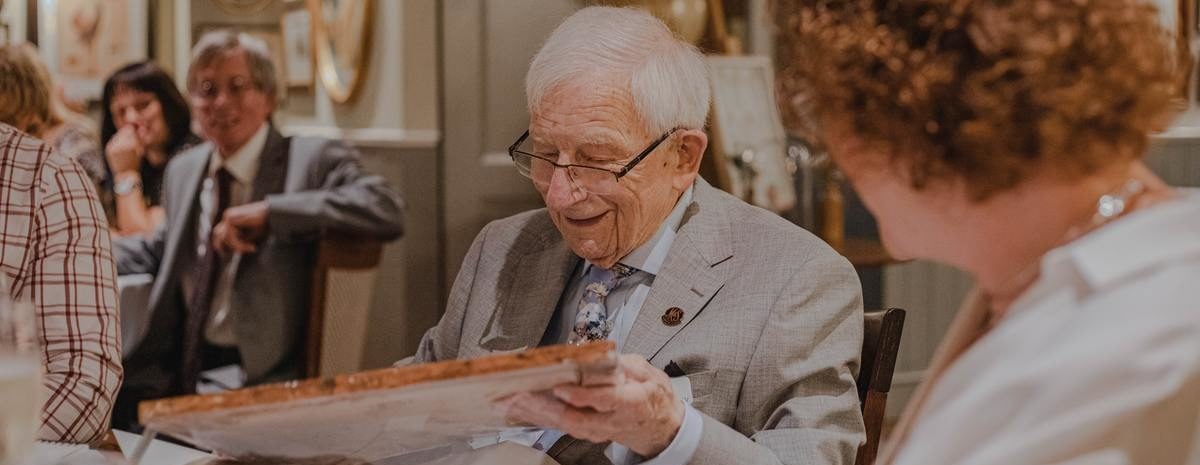National Investment Center for Seniors Housing & Care’s NIC MAP Data Service reports record low occupancy rates at independent living (IL) and assisted living (AL) communities in the fourth quarter of 2020. Occupancy in these communities was 80.7%—falling by 6.8% from the first quarter to the fourth quarter—the lowest it has been since NIC began keeping records in 2006.
These results aren’t surprising considering these communities have been hit the hardest by COVID-19 in 2020, with nearly 40% of COVID-19 deaths attributed to long-term care communities according to a KFF study released November 24, 2020.
Rethinking What Matters
With a COVID-19 vaccine, things should be looking up for LTC communities in 2021, but many will need to adapt to a changing marketplace. According to an article in Barron’s, “Pressure to reinvent senior living more broadly is intensifying. Part of the industry has used a hospitality or real-estate model and not accounted for the public-health ramifications of older people living in close proximity.”
During COVID-19, safety became the number one priority and it’s a trend that isn’t going away. Residents and their families want to be assured that access to care is top of mind. Communities with doctors, onsite wellness clinics, and telehealth services such as remote patient monitoring for chronic conditions are the wave of the future in senior living.
Technology is Changing the Narrative
In order to better care for older adults, more resources are needed and devices using artificial intelligence are proving to be effective in the senior care industry. VirtuSense has devised a fleet of products that are changing the way long term communities care for their residents. These tools will augment staff so they can care for more people with less resources.
Proactively Preventing Falls Through Improved Mobility
Unfortunately, falls are a real problem for older adults. Each year one in four seniors fall and 15% – 20% of those falls result in an injury. VSTBalance provides a proactive approach to mobility improvement and fall prevention. Using machine-vision infrared sensors and artificial intelligence (AI), VSTBalance can objectively assess and identify musculoskeletal and sensory deficiencies—all in less than three minutes and provide therapeutic recommendations to improve mobility.
In an effort to keep residents engaged and monitor their mobility during COVID-19, VirtuSense deployed portable battery packs to our LTC partners to allow onsite staff to move the VSTBalance system to the patients—either to their rooms or directly outside their rooms. This allows them to continue screening patients and get valuable data on how they can try to continue to prevent falls during these difficult times.
Monitoring Those At Risk
For residents who are at a greater risk of falling, technology can serve as an alert to predict, prevent, and protect them from falling. VSTAlert is an in-room device that identifies a bed exit 30-65 seconds before it happens and sends alerts to the right staff immediately, giving them enough time to respond before a fall can occur. This technology is 98% accurate and has reduced falls by 82% providing a level of safety you can’t get anywhere else. Other devices detect falls when it’s too late. VSTAlert gets the right person to the right place at the right time to prevent a fall.
The AI technology augments the workflow of caregivers so they can care for more residents with less contact and less PPE during COVID-19 surges, which keeps everyone safer.
Early Detection & Intervention
Residents with chronic conditions often need more care and supervision to ensure their health and safety. VSTOne is a wearable patch that measures and transmits vitals once every 15 minutes. Artificial intelligence algorithms detect anomalies and notify staff via endpoint devices and a central console. Because of VSTOne’s telehealth capabilities and vital sign data acquisition, caregivers can manage more patients with fewer resources and lower exposure to infectious agents such as COVID-19.
VirtuSense Technologies is accelerating access to care for older adults. Our products cover the continuum of care by helping with mobility issues, preventing falls, and early detection and intervention for heart attacks and sepsis.
RELATED: Making Healthcare with Anthony Cirillo, president of The Aging Experience.


